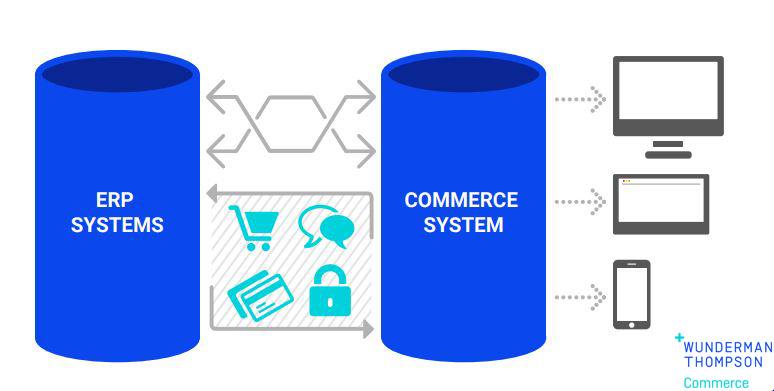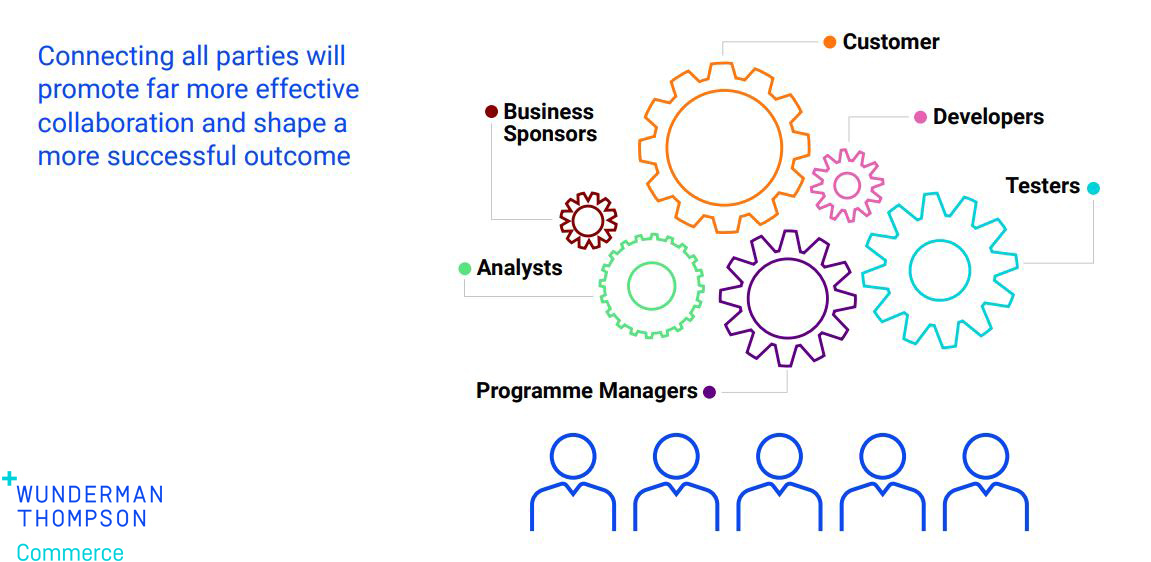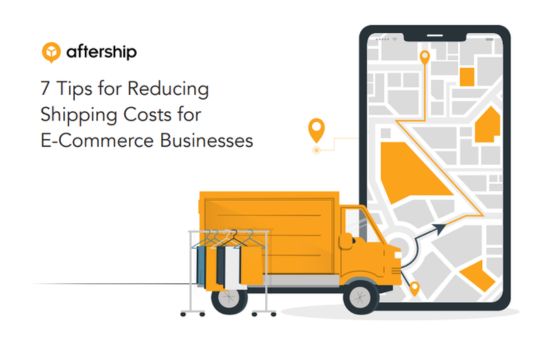The Insider’s Guide to Building Enterprise eCommerce Solutions, 2019 | WundermanThompsonCommerce
E-Commerce & Retail
Building an eCommerce solution today is hard, it is about defining both a technical and customer-centric vision for companies and brands, and then working out how to strike a fine balance between being able to realize the strategic vision and leveraging prebuilt features from various services and platforms to support that vision. However, the traditional process for selecting the various platforms that come together to create an eCommerce solution rarely takes this route.
Choose an implementation partner that you feel you can work well with, and who is able to support your business vision, and deliver and support the technology and architectural approach. Ensure the partner is always adding value it’s all about establishing partnerships that deliver more than the sum of their parts.

Establishing Interfaces To Handle Data At The Earliest Stages is The Key.
A Checklist for Reducing Hidden Costs From E-commerce Re-platforming:
- Implementation.
- Infrastructure Automation.
- Projects Spanning Multiple Countries and Regions.
- Microservices.
- Data Migration.
- Performance.
- Security.
- Support.
- Roadmap.
From the Wunderman Thompson Commerce experience, the main focus is given to the platform/service and its implementation costs. However, the total cost of implementing a solution is much more nuanced, and it is important to ensure that all costs are considered before undertaking a project.
While the breakdown of costs on any project will vary from one client to another, the areas that typically account for the majority of cost are:
- Platform licensing / revenue share.
- Implementing the platform.
- Automation Testing (unit, functional, component and etc.).
- Infrastructure and service costs (including infrastructure required by the delivery team).
- Consulting to determine the vision and properly articulate it.
- Data management, hygiene and maintenance.
- Business processes review, mapping, and re-engineering.
- Cost of people leaving the project.
- Interfaces & integration (how to pass data around).
- Changes or replacement of internal legacy systems.
- Changes required by 3rd parties, or change of 3rd party.
- Training.
- Dual running of old and new systems.
- Migration of data from a legacy platform to the new platform.
- Data loading and set-up (e.g. creation of new content for the site).
- Quality assurance management and governance: user testing, integration testing, end-to-end testing, performance testing, security testing, and operational testing.

A Figure Shows The Parties that Should be Collaborated for a More Successful eCommerce Outcome, 2019.
The Contents of “The Insider’s Guide to Building Enterprise eCommerce Solutions, 2019”:
- Executive summary.
- Formulating a vision for eCommerce.
- Creating a workable architecture.
- DevOps and Microservices: Assembling from building blocks.
- Data and interfaces: Leading with intelligence.
- Getting the most from your platform development.
- Effective partnerships: Attributes of a successful implementation partner.
- Calculating the real costs of implementation.
- Conclusion: Arriving at the right solution.
- How Wunderman Thompson Commerce can help.
- Appendix:
- Review of leading platforms.
- Cloud/SaaS eCommerce models.
- Checklist for reducing hidden costs from re-platforming.
Number of Pages:
- 28 Pages.
Pricing:
- Free.

Wunderman Thompson Commerce
Warning: Undefined array key "sidebar_ads" in /home/dmc/public_html/wp-content/themes/DMC/functions/helpers.php on line 824






